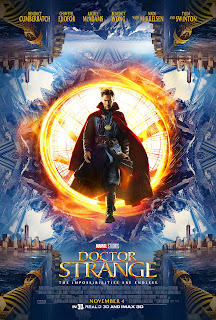Magazines: Representation and social contexts

Magazines: Introduction to Representation 1) Write a definition of representation in media studies - how groups/events/people are presented in the media 2) Now look at the cover of Closer magazine above. List all different types of people and groups represented on the front cover. E.g. women, celebrities, race/ethnicity etc. -Mainly women, female celebrities are presented like Katie Price, Cheryl, with the exception of two men if the top corner of the magazine 3) What does the representation of women on this front cover suggest female audiences are mainly interested in? - The slogans/heading of the women are very informative of the celebrities. They create images on these women whether its negative or positive, most of the time negative. They are suggestions that female audiences love to read about gossip, people's personal information, celebrity quotes. 4) Are there any stereotypes you can identify? E.g. women and motherhood; celebrities etc. - The magazine does conta


